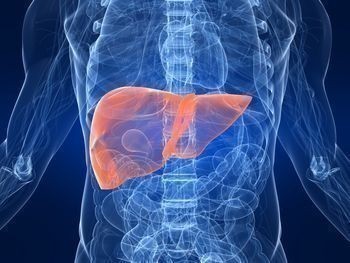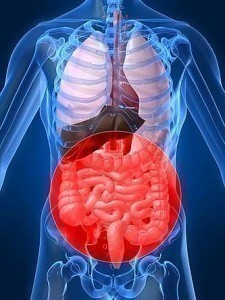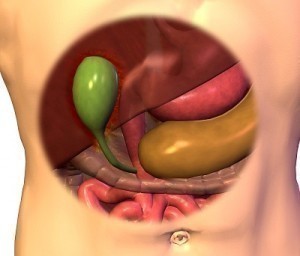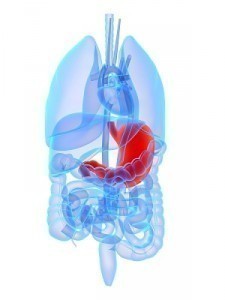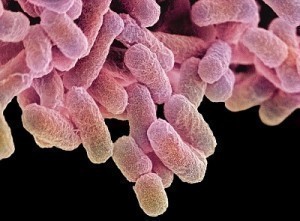Salmonella Symptoms
Due to the presence of salmonella bacteria, people can develop serious infection characterized by vomiting, fever and diarrhea. These major and minor signs usually occur after 12 to 72 hours of infection. When affected by this medical condition, patients can get ill for some time, usually ranging from at least 3 to 7 days. Common causes of this disease include the consumption of foods infected by salmonella, which may come in the form of vegetables, fruits and raw meat. Help solve the major and minor salmonella symptoms by checking out its diagnosis as well as possible treatments.
Signs of Salmonella Infection
The early signs of salmonella infection include diarrhea, abdominal pain and vomiting. These signs are indicative of salmonella-induced gastroenteritis. This medical condition can be acquired by eating undercooked or raw eggs, poultry products and meat. Additional signs for this medical condition include the presence of blood in the stool, muscle pains and headache. Furthermore, it can also cause chills, fever and nausea.
If the salmonella infection is related to typhoid fever, patients can show different signs. More often than not, patients suffering from this medical condition can experience an enlargement of their spleens and livers. They may also have slower heartbeats, mental confusion as well as coughing. Other common symptoms include the presence of rose-colored spots in the upper chest area, fever of no less than 38.8 degrees Celsius and diarrhea. In some cases, patients may develop constipation instead of diarrhea.
Salmonella Diagnosis
Diagnosing salmonella infection is relatively easy. After considering their medical histories, physicians will study the blood and stool cultures of patients. As part of these all-important diagnostic methods, their feces and blood are to be gathered, studied and analyzed for the presence of salmonella bacteria. In some cases, patients undergo highly advanced procedures such as polymerase chain reaction. In severe cases, doctors may use other effective diagnostic tests and procedures including biopsy, liver function tests as well as CBC count. Furthermore, they may also use ultrasound and CT scan in order to provide their patients with the proper diagnosis.
Salmonella Treatment
Treating salmonella infection can be a bit tricky, but with the availability of proper medications, it is much easier to manage, control and treat this particular medical condition. In case the infection has reached the bloodstream of patients, doctors commonly recommend the use of antibiotics, which can actually help in killing the bacteria. In addition, patients may also take anti-diarrheal medications like loperamide, which can relieve patients from pain and cramping due to salmonella infection.


